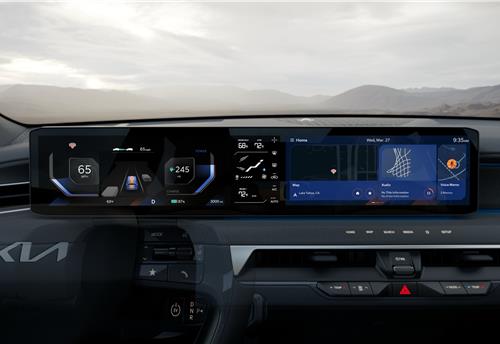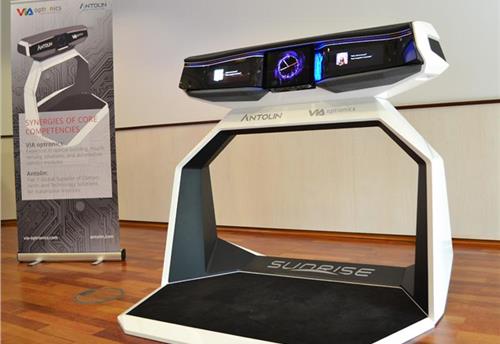Volkswagen reveals crucial ID electric concept
ID concept can eke out as many as 596 kilometres to one charge with its 168bhp electric motor; it’s confirmed for 2020 production.
The Volkswagen ID has ignited the brand's electric car offensive as a contemporary rear-wheel drive, five-door hatchback.
It's claimed to closely preview the German car maker’s first dedicated electric model due out in 2020 at what is being billed as “an attractive price”.
With an electric motor providing it with 168bhp, the ID is claimed to boast a range of between 249 and 373 miles (398-596 kilometres), easily eclipsing the 186-mile range of the facelifted version of the Golf-e due out later this year.
By packaging its electric motor at the rear, Volkswagen as freed up space within the front section of its new electric car in a move endows it with an impressively tight turning circle of just 9.9 metres and the promise of excellent manoeuvrability in tight urban driving environments.
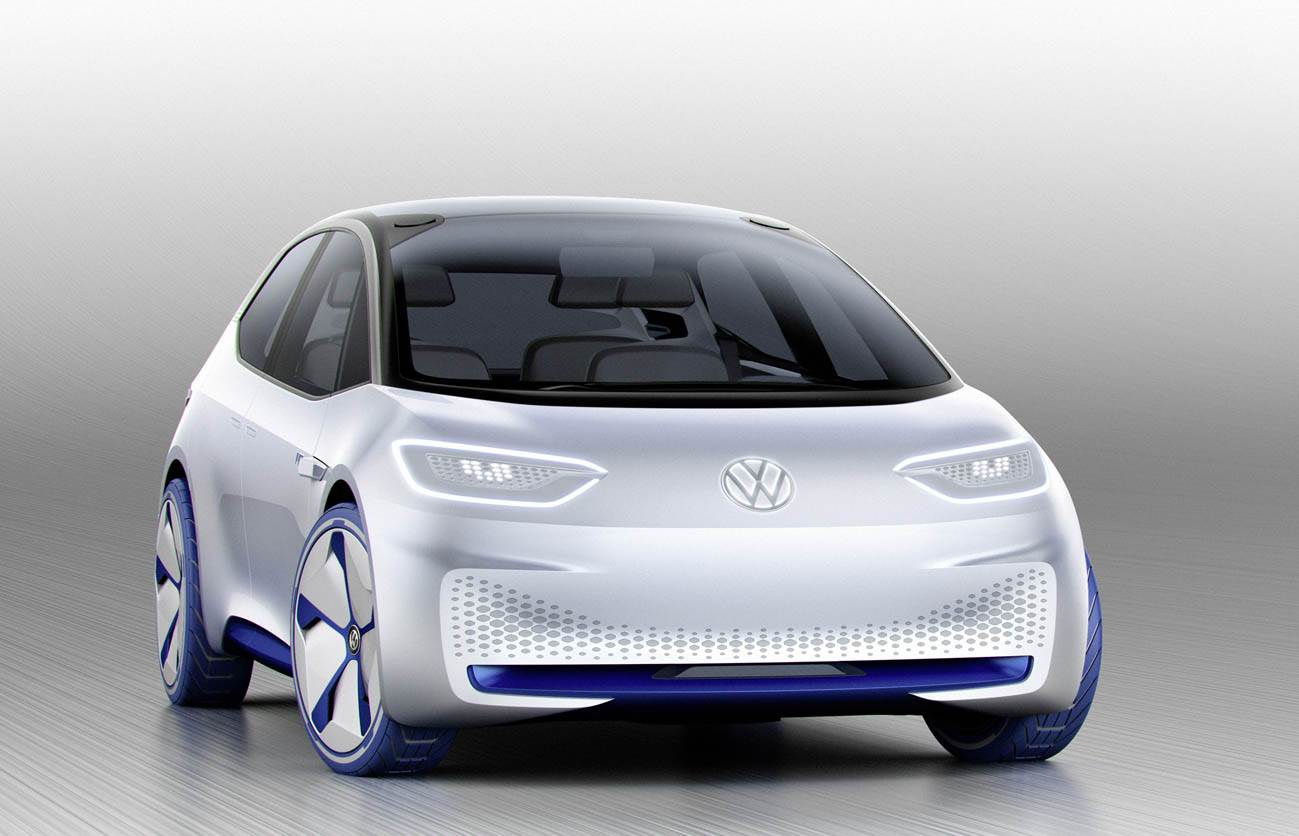
One of the stars of the 2016 Paris Motor Show, the ID is the first of up to five new electric models planned by Volkswagen, including a MPV similar to the earlier Budd-e concept wheeled out at the Consumer Electronics Show back in January, a crossover style SUV to be revealed as a concept in 2017 as well as a saloon and sportscar.
Built to showcase the individual design lineage, electric drive technology and modular platform architecture set to underpin Volkswagen’s electric car offensive, the new concept also provides an insight to the fully autonomous driving functions the company is developing for introduction on selected models from 2025 onwards. Among its more intriguing features is a multi-function steering wheel which stows away within the dashboard when the driver’s switches into autonomous driving mode via the Volkswagen emblem set within its boss.
Styled at Volkswagen’s main design studio in Wolfsburg, Germany, the ID sports a highly contemporary appearance that is claimed to set the tone for all of the company’s new electric cars. Commenting on the design process, the head of Volkswagen brand design, Klaus Bischoff, said: “We had the unique chance to lead Volkswagen into a new age. Electric drive provides greater freedom for designers. We minimise the cooling holes; the axes move further apart and generate stunning proportions.”
With an illuminated badge making it easily identifiable as a Volkswagen, the new car departs quite radically from existing models from the German car makers. Key elements include a largely unadorned front end, ultra-short front overhang, steeply rising bonnet line, heavily raked windscreen, large wheel houses housing 20-inch wheels, prominent sill elements, cantilever style rear doors, an extended roofline, prominent rear spoiler element and glass tailgate.
By eschewing a traditional grille, using flush fitting glass for the side windows and extending the roofline beyond the top of the tailgate, Volkswagen’s designers have clearly attempted boost the aerodynamic efficiency of the new concept.
At 4100mm in length, 1800mm in width and 1530mm in height, the ID is 155mm longer, 9mm wider and 77mm higher than the existing seventh-generation Golf. It also rides on a wheelbase that is 130mm longer than that of Europe’s perennial best seller at 2750mm.
With interactive LED headlamps that have been conceived to mimic the action of a human eye by giving the impression of being able to open and close and LED units concealed within various parts of the exterior, the lighting properties and overall visual character of the ID alters depending on the drive mode.

When parked, the headlamp graphic is designed to provide an impression of a closed eye – as if to signal it is asleep. At start-up, the headlamps blink and the graphic is altered to convey the action of an eye opening. At the same time, the Volkswagen logos front and rear are illuminated in white, while the lower section of the front bumper, side sills and rear diffuser are lit up in a shade of blue.
When drive is selected, the LED daytime driving lights are automatically switched on and the Volkswagen logos remain lit up in white. In autonomous drive mode, a laser scanner deploys from the roof and the front bumper, side sills and rear diffuser are once again illuminated in blue. During recharging the LED units pulsate in a simulation of the flow of energy being provided to the battery.
Inside, Volkswagen has exploited the packaging advantages inherent in pure electric drivetrains to provide its latest concept car with an impressively roomy four-seat cabin offering levels of accommodation similar to today’s larger Passat as well as a comprehensive connectivity package the German car makers suggests will be part and parcelled of all its upcoming electric models.
“Before we took a pen in the hand for the ID project, we intensively discussed the importance of future mobility. One thing is certain: the car for the day after tomorrow will be a place of mobile communication. The open space offered by the ID is such a place,” says Bischoff.
While the ID provides seating for four on individual seats, the production version will offer a more conventional layout with space for up to five. Volkswagen is yet to reveal nominal boot capacity but says it new concept offers up to 980 litres of luggage space when the rear seats are folded down.
Despite its highly contemporary appearance, Volkswagen suggests the upcoming production version of the new electric vehicle will rely on existing unibody construction techniques using a combination of hot formed high strength steel, aluminium and magnesium. This will allow it to build the new car in existing factories without the need for significant investment in production infrastructure.
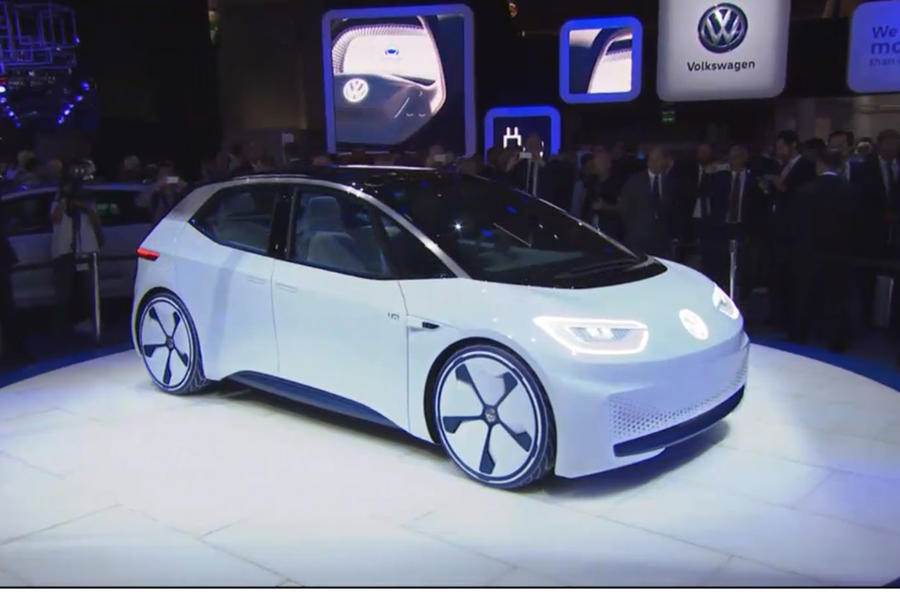
Underpinning the ID is Volkswagen’s newly developed MEB (Modularen Elektrifizierungsbaukasten – Modular Electric Architecture) platform originally showcased on the Budd-e concept at the Consumer Electronics Show in Las Vegas last January
Providing the ID with zero emission capability is a 125kW brushless electric motor mounted within the rear axle housing. The in-house developed unit drives the concept car’s rear wheels via a fixed ratio gearbox. Although Volkswagen is yet to hint at a kerb weight for the first of its dedicated electric cars, computer simulations suggest the production version of the ID is set to possess a 0-100kph time of under 8.0sec and a top speed limited to 160kph.
Electrical energy used to drive the electric motor is drawn from a lithium ion battery mounted low down in the floor of the MEB platform wholly within the wheelbase for the best possible weight distribution. Volkswagen is yet to confirm the capacity of the lithium ion unit, which Autocar sources say will be produced in-house for the production version of the new car. However, it describes the battery used by the ID as being scalable and hints at differing capacities for each of its upcoming electric models in much the same way it offers differing power outputs in today’s combustion engine models.
Little is being said about the charging system for the ID although going on Volkswagen’s claims that its battery can be recharged to an 80 per cent state of charge within 30 minutes, it appears the German car maker may be considering a 800 volt system similar to that employed by its daughter company Porsche on the Mission E concept revealed at last year’s Frankfurt motor show.
Despite mounting the electric motor at the rear, Volkswagen says there is sufficient space to provide the ID with a multi-link rear-suspension similar to that used by the Golf. It is also key to endowing the new car with a weight distribution put at 48:50 front-to-rear.
Reiterating an earlier mission statement on its electric car offensive, Volkswagen used the stage at Paris to confirm it is targeting 1 million electric car sales annually by 2025.
RELATED ARTICLES
Marelli Talbros Chassis Systems wins Rs 1,000 crore business from European OEM
The order, to be executed over an eight-year period, is for the supply suspension arms tailored for both conventional in...
Kia launches customised NBA display themes for North American market
Display Themes is a customised service that supports a personalised vehicle experience, allowing users to customise the ...
Antolin and VIA Optronics unveil versatile vehicle cockpit concept
The Sunrise vehicle concept cockpit, which is engineered for seamless transitions between manual and autonomous driving ...





 29 Sep 2016
29 Sep 2016
 3924 Views
3924 Views



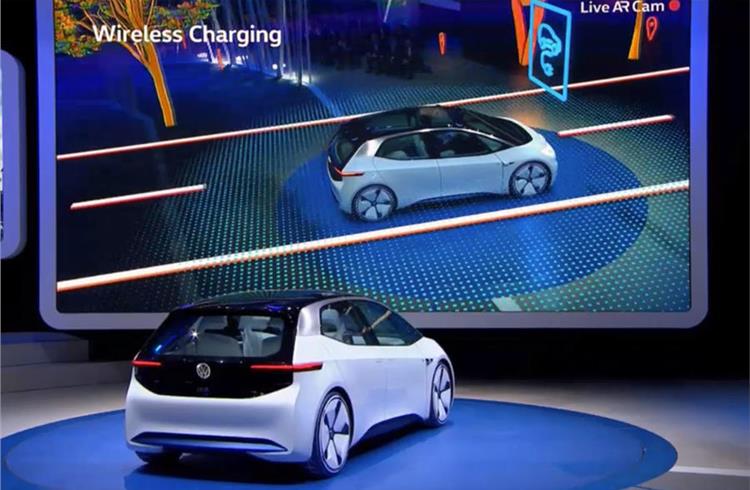
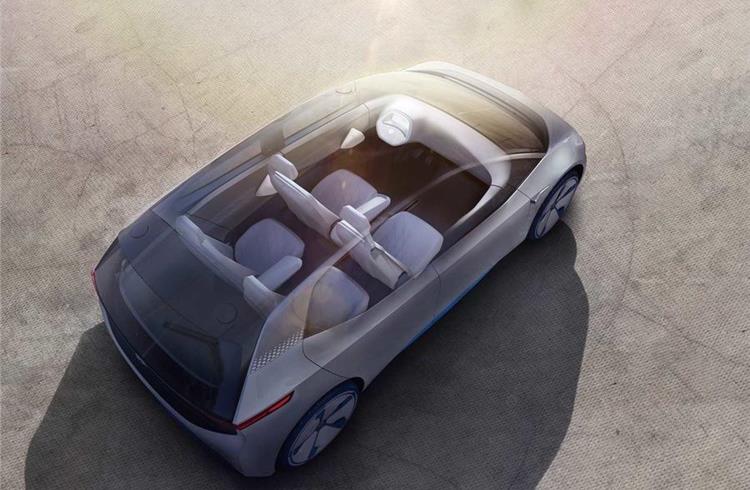
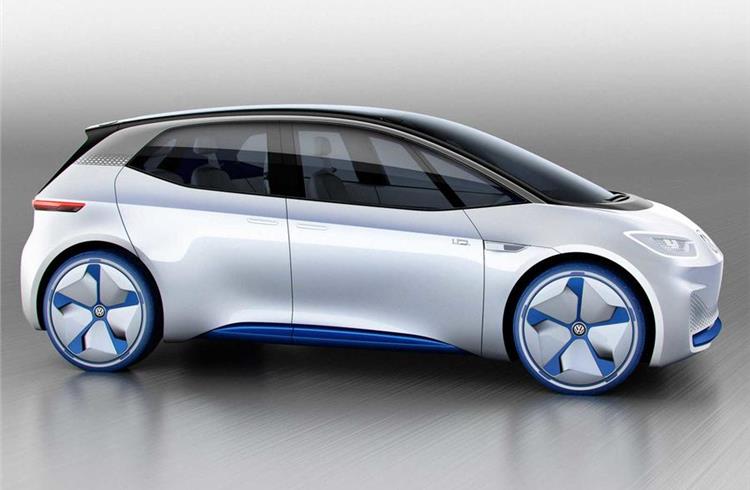
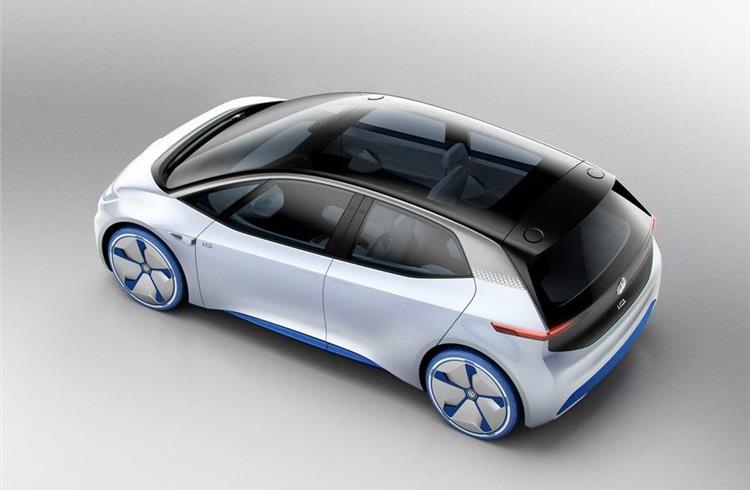
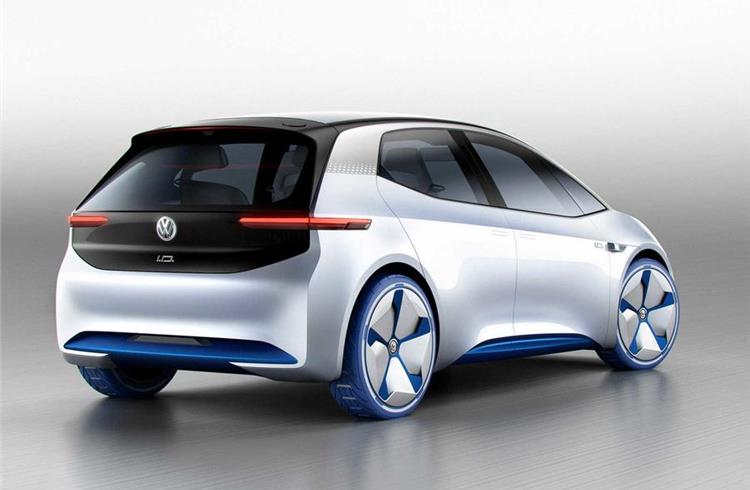

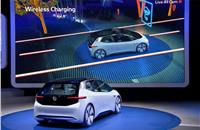
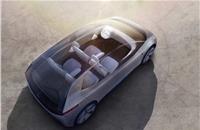
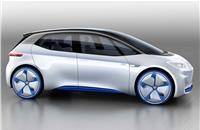
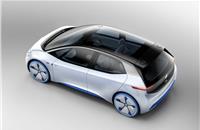

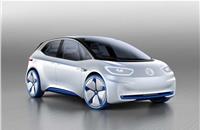

 Autocar Pro News Desk
Autocar Pro News Desk

